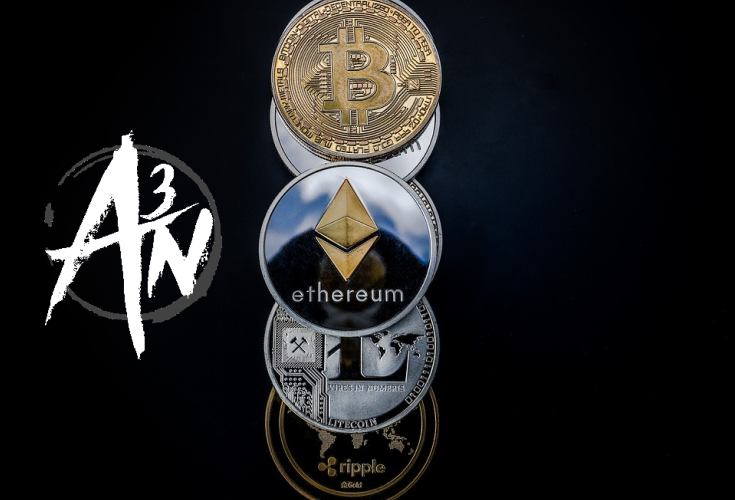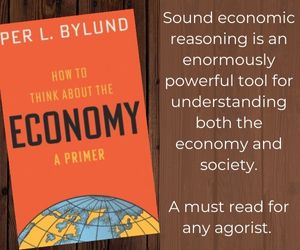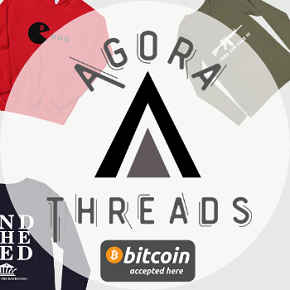
Cryptocurrency, money, and marking time
“If we command our wealth, we shall be rich and free. If our wealth commands us, we are poor indeed.” – Edmund Burke
Time is our most important asset. None of us can buy or earn more, we have what we have. Because we cannot do everything all at once, we discovered that through trading with others we could all more quickly improve our lives. This better time management led to barter. I traded 6 geese for your pig and we both enjoyed an improved life.
Money was the first step up from simple barter. When you wanted a loaf of bread, but all you had was a cow, you could not trade part of that cow for the bread, particularly since storage of the rest of the cow was not possible at the time. To ease such transactions money came to exist, such that everyone knew that 12 bobbits equaled 1 loaf of bread or 15 bobbits were worth a pair of shoes. Everything could be broken down into units of bobbits. Since bobbits were easily divisible and were common enough for everyone to have they began to mark the value of what is traded and allowed for trades amongst many different players. Bobbits were money because they were useful outside of their role as currency, but they were also markers of value.
Perhaps the best example of hard money from history is that of salt. The Romans adopted salt as their money, giving us much of our language today from “salary” to “worth his salt.” Salt was useful, needed, rare enough to have value in and of itself, but common enough to be used as money, and perhaps most important it is fungible. The Roman Legions were given a salt allowance, a salary, for their time in service. This set the standard for the exchange of salt for any number of goods, setting — for the time being — salt as the common currency.
All money is currency, though not all currency may be money in the eyes of some. Currency fills the same role of time-marking as money. Currencies have largely become state created notes that are themselves without value apart from their role as placeholders, thus differentiating them from money qua money. For any currency to have value the people trading in it must have confidence in it. This is why the hard money folks want all currency tied to metals, believing that these metals have intrinsic value. This difference is why some agorists and many hard currency folks dismiss cryptocurrencies as worthless. Cryptocurrency is not backed by gold, or any other hard commodity. Their value is simply that of a time and value marker. But are they worthless merely because unlike salt they cannot be used in a secondary way?
The answer — given that people are using it as currency — is “no.” To understand the value of currency qua currency we must look to the role it plays and the similarity to money. Many, like economist Murray Rothbard, believe that for a currency to be money, it must be backed by something tangible, such as precious metal. Unlike Rothbardian hard money, currency has a certain ethereal element to it. But this alone isn’t enough to make it useless. Even the salt used by the Romans was not permanent since it was eaten as a necessary nutrient. Once the “money” was used as something other than money it ceased to exist. So wherein does the value of currency lay?
All currency works as a middleman to barter. It loosely marks the value of the time and labor behind it. But not all currency is the same. It is important to note that even though cryptocurrency is a currency but not hard money, it is very different from the fiat currency that government’s issue. While governments can print more currency and devalue their currency, cryptocurrency is outside of the direct control of any person or entity. The importance of this cannot be overstated. While we are subject to the whims of political powers regarding state issued currency, there is no such controlling power over cryptocurrency. It is an infinitely more accurate indicator of the market, giving us as individuals and businesses the information we need to know whether to expand or contract our financial activities.
Ultimately this fear of currency as opposed to “hard money” boils down to an intrinsic value in that which serves the role of money. “Okay, so salt no longer serves as money but at least I can still use it,” says the defender of hard money. In a way this fear is simply that of the hot potato. Who is going to be left holding the worthless hot potato? This fear blows the situation out of proportion. Let’s say that we have two people, one with a “useful” hard currency, and another with “useless” currency. The market for each tanks. How much better off is the one with hard currency ultimately? He has salt for his table, or a shiny metal that others might or might not value. Yes, that is some slight advantage, but the salt gets consumed and the metal tarnishes… We are all relying upon the traits of marking time to give currency or money its real value. It is in the use of the market that really matters, not the use if it fails as a marker of time. All this hard money talk focuses on the cases where the money has failed as money, as opposed to its inherent traits as currency, as a marker of time.
We should focus on the traits of the currency, whether hard money or cryptocurrency, since our interest in it is as a currency. Remember currency and money are merely tools we are using to try to find common ground behind the differences in our time and labor. Only if all else is equal could the value of the failed currency come into play. So how useful is hard currency against crypto in our modern world?
One of the traits of hard money that is extremely appealing to many, and which has been true only of it for most of the history of trading, is that it could be anonymous. You have the currency, but it is not identified as yours by anything other than mere possession. This helped keep the state out of transactions. In the last few decades with banking having gone digital, there is no longer any such privacy. Everything you do is digitally recorded and tracked, with the information being available to those who do not have your interest in mind.
We have entered a time when our tools will largely no longer have any physical form. The future is digital and coded. We are entering the time to rethink the nature of what we use day to day. Increasingly this means accepting digital tools with which many of us are unfamiliar and uncomfortable. But we can no more block progress than we can hold back the flood. Cryptocurrencies are simply the next stage of money as a tool marking time and value.









